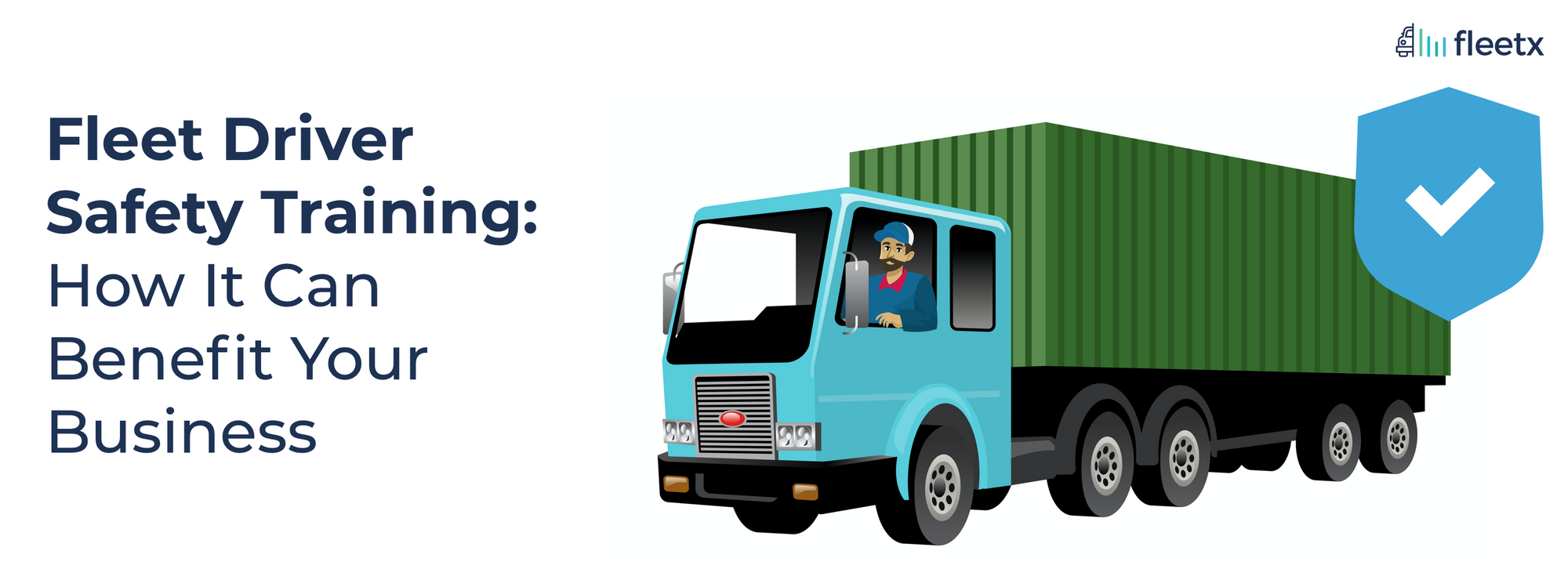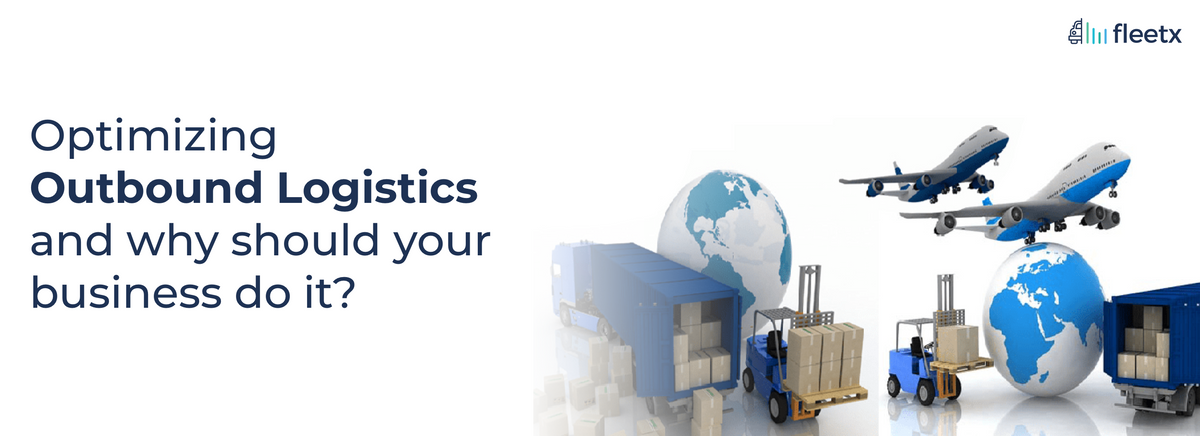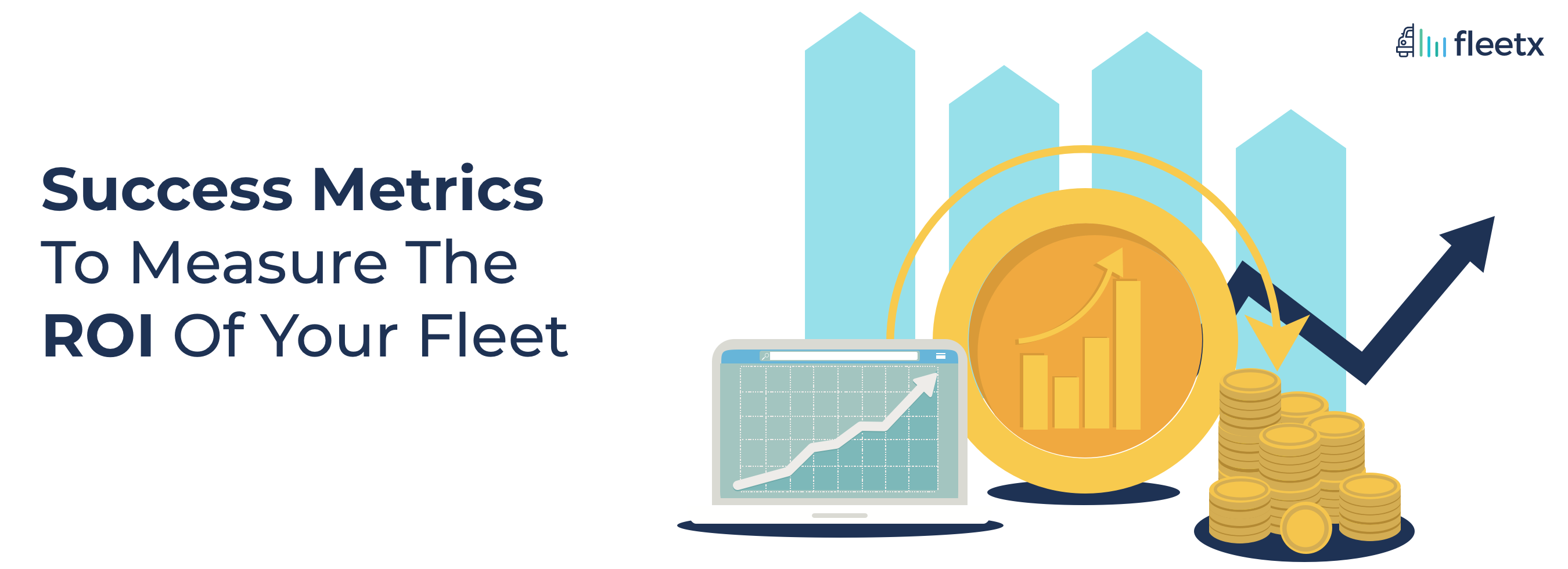
To stay afloat -and succeed- in the competitive world of fleet management today, it is essential for you to stay on top of analytics, innovate in the business and make good business decisions. And to us, good decisions start with an investment in fleet management software! With the help of the data that is collected from your fleet, you can track specific metrics to measure your growth. In the current scenario, companies that are able to use technology to their advantage will see greater returns on their investment.
From improving customer service, to increasing driver productivity and optimising routes, fleet management software plays an important role in enhancing your business operations, and connects you to real-time information. It can also significantly contribute to measurable ROI, both in terms of the technology investment itself, and in generating cost savings across a number of core business areas. To see how a fleet management ROI calculator can benefit your business, you can check out our award-winning product here!
Measuring Success:
In a competitive business environment, it’s important to set organizational benchmarks that measure your growth and success. Establishing fleet success metrics that try to measure performance in areas such as fleet productivity, revenue, operational costs, and fuel efficiency (among others) helps fleet managers meet their targets, and understand where they can improve their efforts.
Fleet success metrics give business leaders the opportunity to define what success looks like. Keeping an eye on these metrics will help businesses leaders meet their organisational goals on a daily, weekly, monthly and yearly basis.
How Fleet Management Solutions Can Help You Grow
A good ROI is one in which the benefits of a solution or an investment compare well to the cost of a said solution. To measure this, you will have to identify your Key Performance Indicators (KPIs).
KPIs will vary from organisation to organisation, and might depend on the size of your fleet. To help you get started on measuring your road to success, we’ve got a list of indicators that you can keep an eye on to measure the ROI of your fleet.
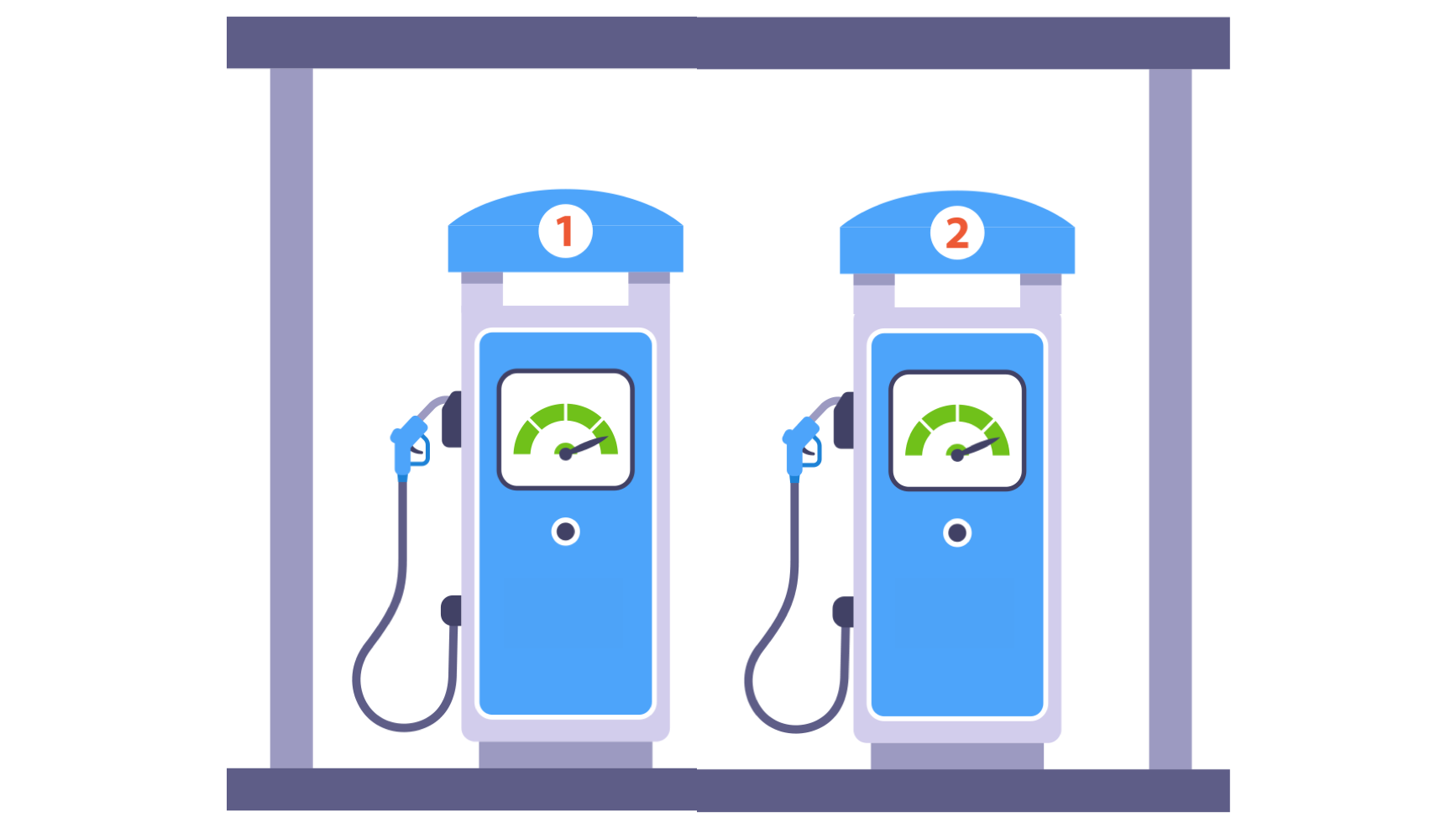
1) Fuel Usage:
Having a system to monitor and calculate fuel costs and consumption in real-time will improve your fuel saving capacity over time and optimize your budgeting process.
Fleet management software helps you gain a comprehensive understanding of your fuel economy by providing you with the metrics of its usage. You will be able to track cost-per-mile and predict future scenarios. A look at historical data can help you identify patterns of wastage, giving you the chance to plug those holes.
Manually tracking fuel consumption is a poor use of time, and receipts can either be forged or lost by the drivers. With fleet management software and telematics devices, drivers can easily log fuel entries into a mobile app and fleet managers can rest easy knowing that all fuel costs are accounted for.
Metrics to track: mileage, fuel consumed per hour, fuel spent while idling, fuel spent on empty load journeys, etc.
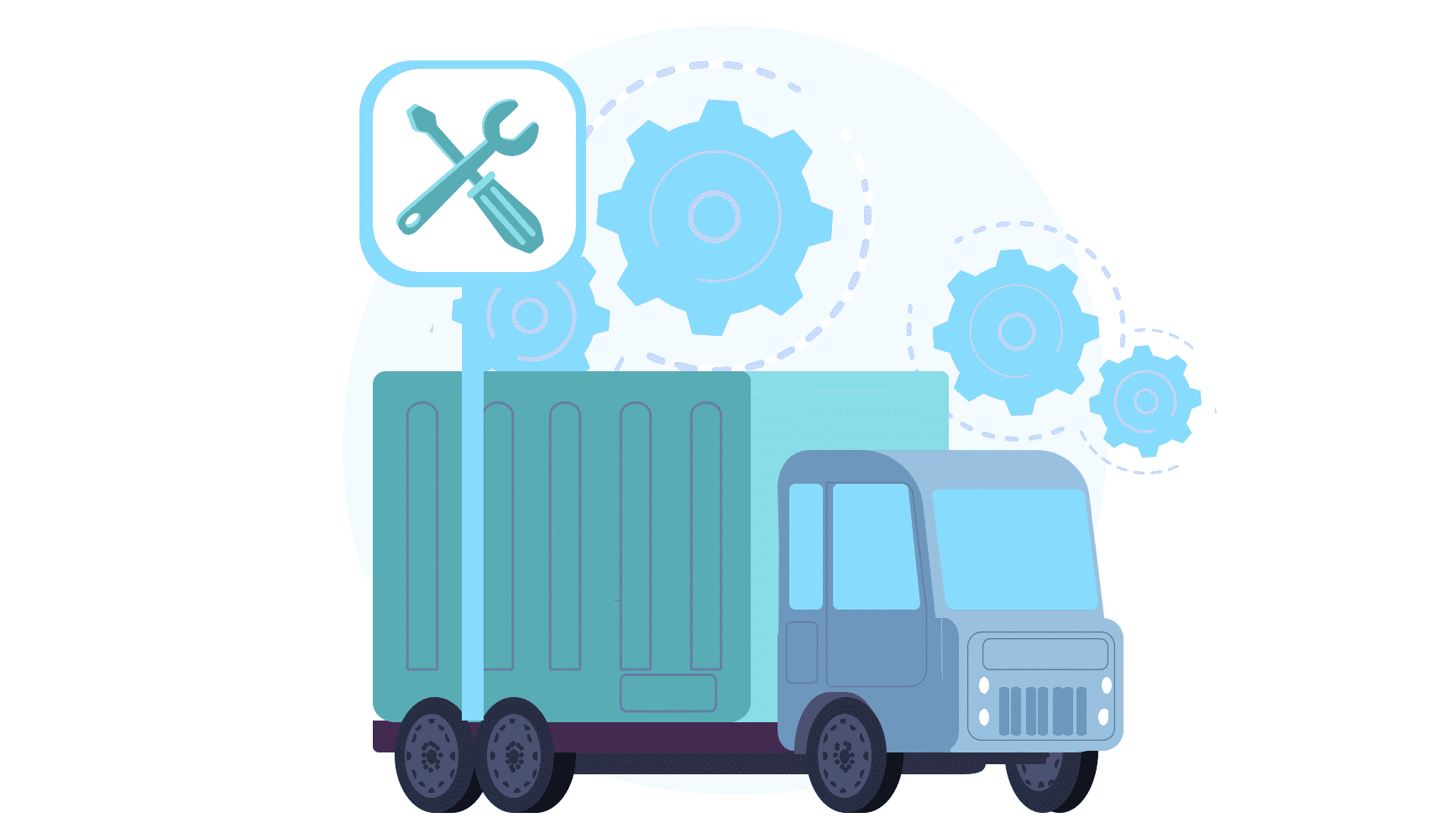
2) Maintenance:
No matter the size of your fleet, surprise maintenance costs will cut into the revenue generated. The most effective method of controlling this is to actively engage in preventative maintenance (PM). It will help you lengthen the lifespan of your fleet and avoid costly repairs.
Fleet management software like Fleetx will not only help you implement a PM routine, it will track and analyze all routine maintenance for you! The software can give you information about the health of the entire fleet, as well as individual vehicle metrics so that you never have to miss out on maintenance appointments.
Monitoring health metrics can help you plan maintenance for your vehicles, as well as alert you to vehicles with recurring issues to determine replacement strategies. Establishing a good maintenance schedule is key to achieving a good ROI.
Metrics to track: per vehicle cost, monthly spending on repairs, no. of accidents, replacement time, tyre rotation, etc.

3) Operations
There are a lot of costs that one incurs while running a fleet, and manually keeping track of all the expenses is a difficult task. Fleet management software gives you the opportunity to input your operational expenses all in one place, and connect multiple people to the program so that all data collected is stored centrally.
These metrics will give you an idea of where you are spending your money, and an opportunity to optimise these costs so that they add value to your business. You can track fleet productivity patterns with the software, and analyse data to get more bang for your buck. You will have access to driver performance data, utilization of vehicles, employees salary, etc.
Telematics combined with fleet management software provides fleet managers highly specific data to establish better productivity success metrics. These metrics will go a long way in realising a high ROI.
Metrics to track: utility of vehicles, no.of working hours, employee salary, driver performance, tolls, etc.
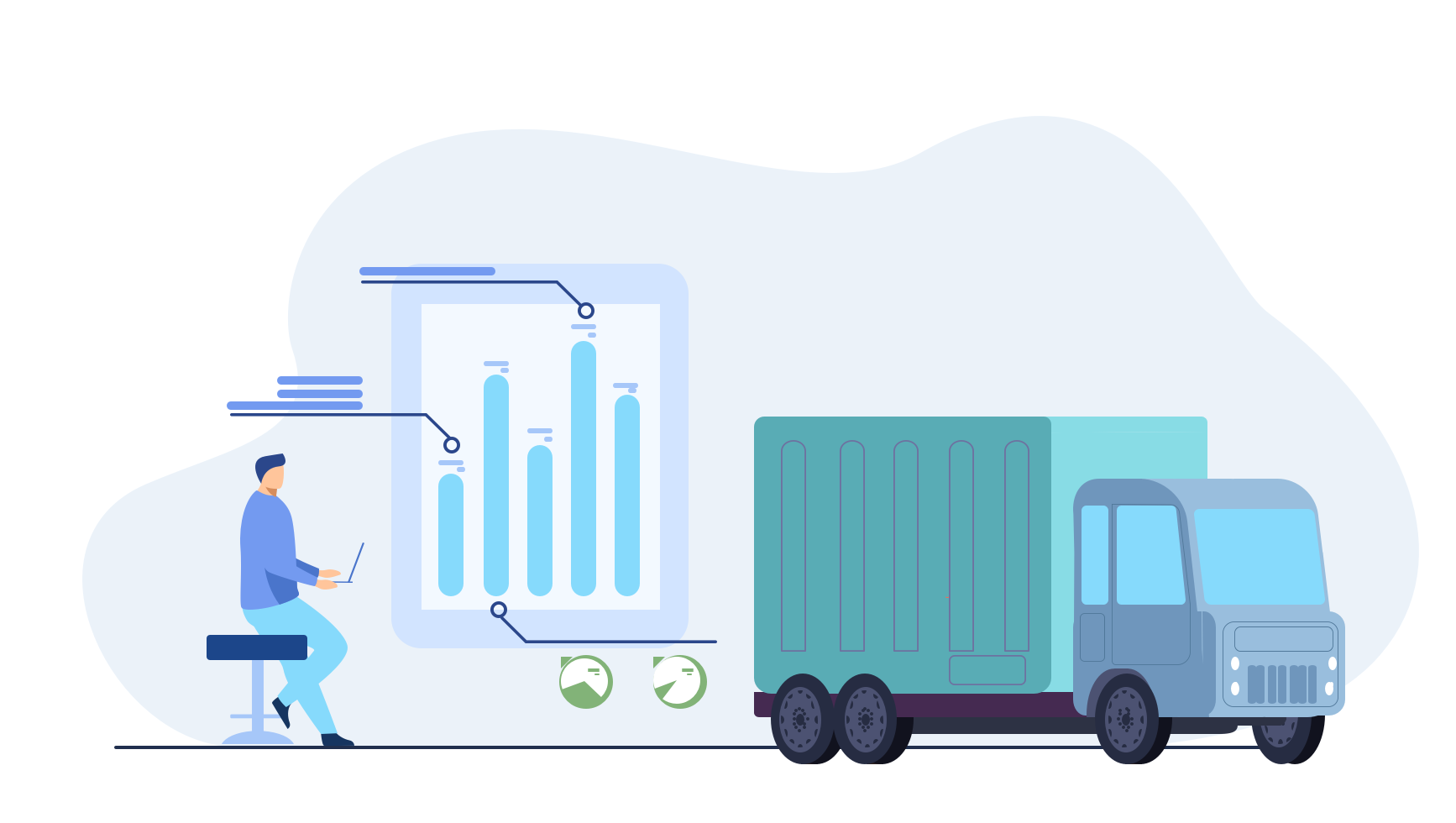
4) Asset Utilization:
A fleet is a big investment, so making the most out of them is essential to achieving a high ROI. Monitoring your assets will help maximize their lifespan. Tracking average hours of use or distance travelled per day not only keeps you on time with preventive maintenance (PM) scheduling as discussed above; it also helps you maintain a sustainable fleet size.
And what do we mean by sustainable fleet size? After using route optimisation software, you may discover that you don’t need so many vehicles to cover your delivery routes. These under-utilized vehicles in your fleet that can instead be better used, or sold for a profit. You may also discover your current fleet size can’t meet demand, and you will have the data that you need to make this investment.
Proper asset utilization levels will vary according to fleet size and organisational goals, but finding your fleet’s optimal utilization levels will help you turn higher profits and avoid unnecessary costs.
Metrics to track: distance travelled with and without load, avg. amount of time vehicles are utilised, number of vehicles in downtime, revenue generated, etc.

5) Deliveries:
Last-mile delivery is often the most expensive part of the logistics chain, so improving delivery metrics is an important stop on the road to success. Optimising your loading and unloading times will ensure that your vehicles are not occupied for too long, because in this business... time is money!
Telematic devices will give you loading and unloading times for each vehicle so that you know how long your vehicles are occupied. You can even take steps to automate the process, and reduce the amount of time that your vehicle is off the road.
Customer satisfaction is also an important metric for companies to consider, as a larger (and satisfied) customer base is likely to increase your ROI. Customer feedback on deliveries can be tracked through the fleet management program and necessary steps can be taken to provide them with better service.
Metrics to track: loading and unloading time, distance travelled with and without load, driver behaviour, customer satisfaction, turn around time, etc.
The bottom line:
Establishing fleet success metrics is an important step in meeting organisational goals in an industry where competition is high. Fleet managers can leverage telematics and fleet management software to give them an edge, and help the company innovate for the future. Fleetx can help you track the metrics that will push you over the line, request a free demo today!

